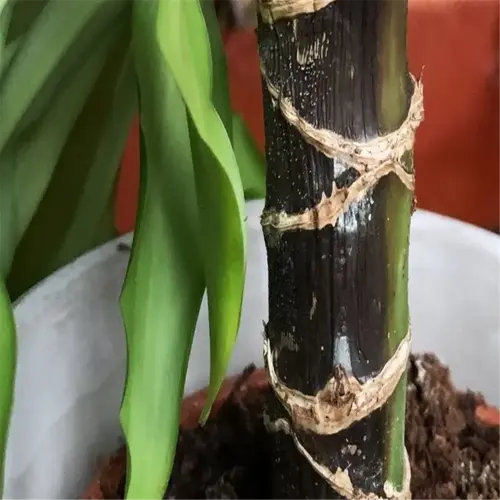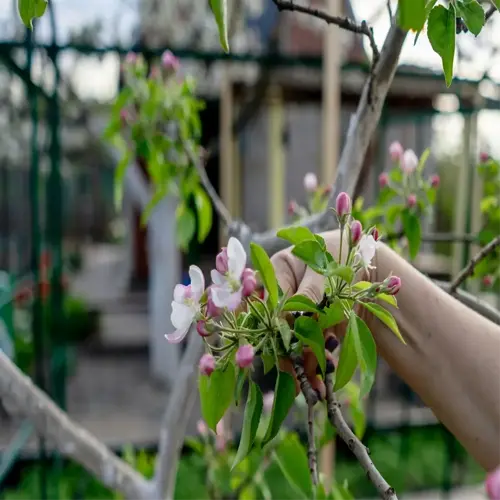How do I maximize productivity in a shaded garden?

Written by
Kiana Okafor
Reviewed by
Prof. Charles Hartman, Ph.D.Shaded gardens can be even more productive than sunny gardens when you know what to do. Look to use fast-growing varieties like 'Baby Leaf' spinach which takes only 25 days from seed to harvest, and utilize vertical growing systems along with supplemental lighting to maximize limited light and conserve water and soil nutrients.
Plant Selection
- 'Tokyo Bekana' cabbage: Harvests in 35 days with 30% shade tolerance
- 'Red Russian' kale: Thrives under 4-hour filtered light
- Dwarf bok choy: Produces 2 lbs/sq ft in containers
Light Amplification
- Install 10W/m² LED panels 18 inches above crops
- Use aluminum-foil reflectors on north-facing walls
- Paint containers white to scatter 15% more light
Nutrient Management
- Apply fish emulsion every 21 days at 2 tbsp/gal
- Side-dress with worm castings during growth spurts
- Test soil weekly with $12 pH/moisture meters
Vertical gardening is a practice of producing three times the amount of plants by stacking plants upward to the available light, for light-dependent plants, are simply climbers, the easy 6-foot trellis for climbing peas and beans while establishing shade-tolerant arugula below--and a layer of shade-tolerant crops below the seedlings. This overlapping or layered growing uses approximately 220% less space than tabular growing while creating a better airflow.
From 6-10 AM every day, provide extra natural light with LED panels. This 4-hour natural light simulation will replicate perfect morning sunlight without heat stress. Place the lights approximately 12-18 inches above leafy greens, changing height as the plants grow. Energy costs from operating at these levels will average $3 per month, for every 10 sq ft.
During active growth, fertilize fish emulsion every third watering with a 5-1-1 NPK ratio for leaf growth. The ratio also mitigates excessive nitrogen burn from fertilizing too frequently. Additionally, you may apply compost tea every week to support microbial activity, especially in soils that are shaded and decomposing slower than average.
Turn the planters 90 degrees clockwise every day, using wheeled planters as a base. This practice will ensure all of your plant's foliage receives equal exposure to light with both the tops and lower parts of the plants receiving light. Use light-colored pavers that will reflect 20% of photons onto the lower leaves of plants.
Read the full article: 10 Shade Tolerant Vegetables for Your Garden

